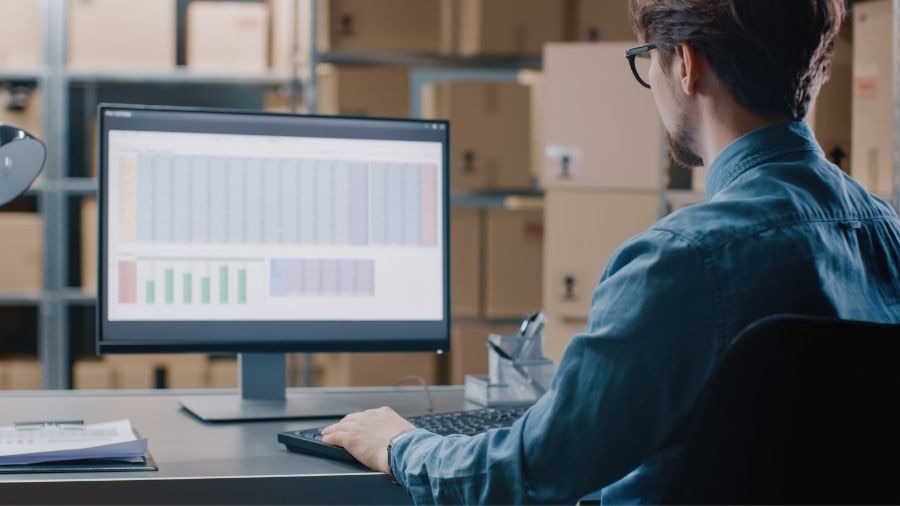Use the weighted average method of measure the average cost of production of an item your company makes. Also known as process costing, a weighted average takes into account any changes during production that may change the cost or price of your items. If something costs more towards the end of a production run, a weighted average calculation gives you a more precise way to price an item. A weighted average also works for purchasing inventory when the prices per unit change from one purchase to the next.

How to Use the Weighted Average Method to Measure Costs of Production
When to Use a Weighted Average Method
Businesses typically use the weighted average method in three situations:
- Your inventory of items is mixed and not all in the same place, so it is not possible to assign a specific cost to each item.
- Your accounting system or software is not able to track the order in which you receive and sell individual items in your inventory
- Your inventory has too many commodities.
In any of the three instances, weighted averages attempt to make your accounting more precise.
How to Figure the Weighted Average
Calculating the weight average is easy. Take the total cost of goods available for sale and divide by the number of units available. When using this calculation, the cost of goods available for sale is equal to the beginning inventory plus net purchases.
For example, you have a beginning inventory of 15,000 bricks that cost $50,000 to produce at the beginning of January, or $3.33 per brick. By the end of January, you add 3,000 more bricks to your inventory that cost $7,500 to produce, for an average of $2.50 per brick. The cost to produce the same bricks at the end of January was lower than at the beginning of the month.
The formula for weighted average goes:
- Total bricks = 18,000
- Total cost = $57,500
- Average cost = $3.19 ($57,500 / 18,000)
Notice the $3.19 figure balances out the different costs from batches at the beginning and end of the month. This way, you can price all of the bricks in your inventory to maximize profits. QuickBooks Online tracks expenses so you can price items accordingly. As many as 4.3 million customers use QuickBooks . Join them today to help your business thrive for free.


